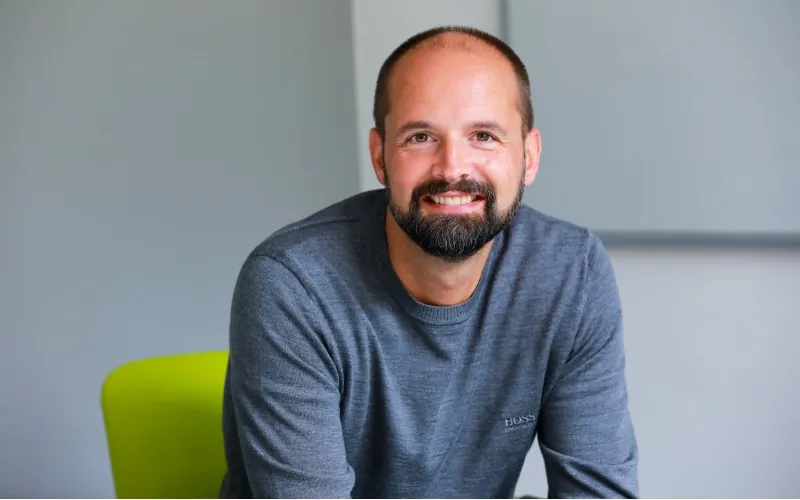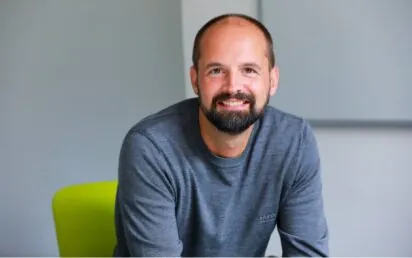If you thought modern technology had consigned smartphone theft to history, think again.
Last year George Amponsah’s debut film Gassed Up opened with a gang of thieves on mopeds brazenly raiding the handsets of unsuspecting Londoners before delivering their haul to an Albanian crime ring. It does not seem to stray far from reality.
“There is a well-established international trafficking network for the black market, with phones often leaving the country, in bulk, to criminal gangs that will reflash and resell them,” affirms Dion Price, CEO of Trustonic, to BusinessCloud.
“This makes moving stolen phones incredibly easy and due to the international nature of most phone theft, the evidence of the crime is soon out of the country.”
Biometric authentication plus tools such as ‘find my iPhone’ and ‘find my Android’ are no deterrent, says Price: indeed, they can have the opposite effect.
“Victims of crime can, in theory, lock a device if it’s stolen; however these have had unfortunate inverse effects. While dissuading casual theft, the skills and tools needed to hack phones require investment which has led to an industrialised black market.
“Criminal gangs have the resources to employ technical experts to find new ways to compromise phones.”
Underreported
Home Office analysis of data from the Crime Survey for England and Wales estimates that 78,000 people – more than 200 every day – had their phone or bag stolen in the year leading up to March 2024.
“Sadly, the stat is probably too low,” says Price. “The true number of phone thefts is widely regarded as being underreported… thefts that occur without a physical confrontation [and] thefts of mid-to-low-end phones such as pre-pay devices are often not reported at all.”
With the average selling price of phones continuing to climb year on year – the most popular device in the UK is the iPhone 15 Pro Max, which starts at £1,200, while some high-end Android devices top £2,000 – and low prosecution rates, the problem could get worse.
“Several police forces in England and Wales will not track down a mobile phone even when they are supplied with the location of the stolen item via built-in tracking services,” says Price.
Kill switch
Established in Cambridge in 2012, Trustonic was initially created from a joint venture between ARM, Thales and G&D. Its technology uses a client that hooks into the base levels of the phone’s operating system, such that even if the phone is factory reset, the lock will remain intact. It will also prevent the phone from being reflashed.
“It’s a more reliable kill switch that is exceptionally difficult to bypass,” explains Price. “Without the ability to unlock, reset or reflash the phone, you remove its value as an item for sale or as a data mine. Without that value, criminals move on, the phone trade stops and the incentive to steal them stops.”
One of the main benefits of device locking solutions is that they don’t require the user to do anything: as soon as the product is turned on and connected to the internet, it is protected.
Trustronic, now an EMK portfolio company, has offices across seven international locations. Today, it counts the world’s leading car manufacturers, financial institutions and mobile operators as customers, as well as every tier 1 Android handset manufacturer.
“Our locking technology is used in over 150 million smartphones, in over 30 countries worldwide, so the problem is not unsolvable,” says Price. “But despite this being a rising issue since the invention of the smartphone, the industry is slow to move, perhaps even dragging its heels. A cynical view might argue that the inertia is, at best, down to a lack of focus on the topic and, at worst, deliberate in places.
“Device locking is the most important intervention in stopping street crime. A securely locked phone cannot be reversed by the criminal element and therefore the phone has no resale value, deterring theft long-term.”
Trustonic’s tech is also tackling the serious issue of supply chain theft – theft in transit, theft from store and reverse logistics – which Price describes as another “serious, global issue”.


